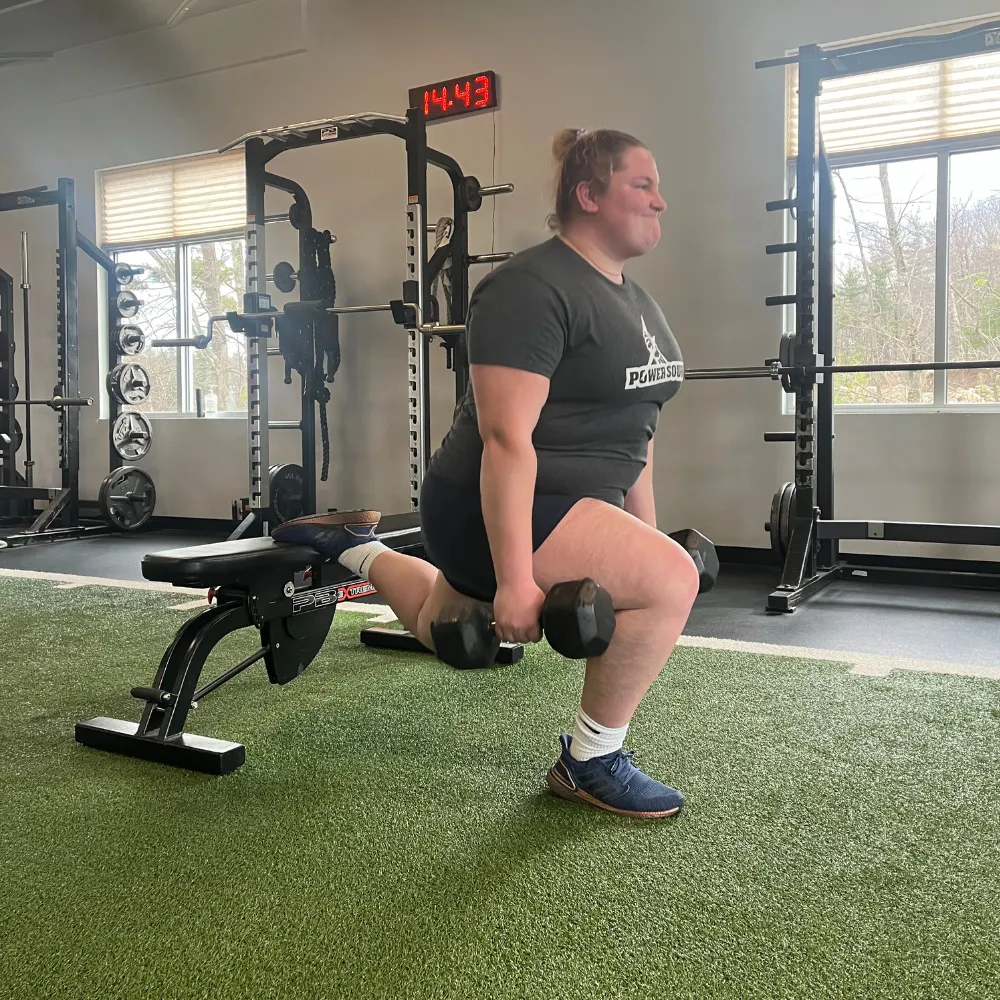ATHLETE BLOG LEOMINSTER

The Best Way For You To Avoid Hamstring Injuries
The Best Way For You To Avoid Hamstring Injuries
Surprisingly, 20% of all injuries that cause players to miss at least one game are hamstring strains.
This means that, if there was a way to fix just this one problem, we could avoid 1 out of every 5 injuries athletes suffer through.
Common wisdom states that simply stretching your hamstrings more will lower your risk, but this alone won't work.
Strengthening weak hamstrings is another widely held remedy, but it alone doesn't help either.
So what is the best preventative medicine for avoiding hamstring strains?
Sprinting.
Before we get into why, let's look at a few more facts regarding hamstring injuries:
Hamstring injury rates are increasing steadily from year to year in elite team sports.
For those who tear their hamstring once, about 25% of them will tear it at least once more.
3 out of every 5 hamstring strains occur while sprinting at 80% effort or higher.
Overall injury rates are much, much higher in the last quarter of games compared to the first. This suggests strongly that fatigue, which leads to technique breakdown, plays a huge role with injuries.
The reason stretching doesn't solve this is because the problem doesn't occur when your muscles are in a relaxed state like they are when you stretch.
Pulls almost always happen right before your foot touches the ground, when your hamstrings reflexively tighten to prepare for ground contact.
Runners who 'cast out', meaning they let their lower leg swing out too far in front, stretch these muscles at exactly the wrong time.
Strengthening does help for sure, but the level of forces placed on your hamstrings at top speed are significantly higher than what you can put on them in a weight room.
Imagine having to do a 2,000 lb RDL just to come close to matching the forces that come from sprinting!
Only sprinting, done at 95% or higher intensity with proper technique, can fully prepare your hamstrings for the demands of sport.
If you want to dramatically lower your risk of hamstring injuries, sprint at 95% or higher intensity at least once per week, year round.
Coaches should learn what proper sprinting looks and feels like, then teach their players how to run correctly at maximum velocity.
Prioritizing sprint training with excellent technique over distance running, core drills, 'fitness' circuits and all the other tactics commonly used today will give you two benefits at once - better performance AND protection from injury.
Sometimes an old-fashioned remedy works best.
Power Source Reviews

Level Up Your Game
We can accelerate your speed, strength & athletic development gains
Click the button to start your journey
The Best Youth Personal Training In Leominster, Sterling, Lancaster and Princeton
© Copyright 2025. Power Source. All rights reserved.
|

